
Scientists Reverse Aging of a 53-Year-Old’s Skin Cells to That of a 23
In a groundbreaking advancement, researchers at Cambridge’s Babraham Institute have successfully rejuvenated the skin cells of a 53-year-old woman, making them comparable to those of a 23-year-old. This pioneering study opens new avenues in regenerative medicine and challenges our understanding of the aging process.
A Revolutionary Approach to Cellular Rejuvenation
The team’s primary objective was to create embryonic stem cells from adult cells, building upon the work of Nobel Prize-winning scientist Shinya Yamanaka. In 2006, Yamanaka demonstrated that introducing four essential molecules could reprogram specialized adult cells into induced pluripotent stem (iPS) cells, capable of developing into any cell type in the body. This discovery revolutionized regenerative medicine by offering potential pathways for tissue repair and treatments for degenerative diseases.
Molecular biologist Dr. Ethan Reynolds, postdoctoral researcher Dr. Priya Malhotra, and their team at the Babraham Institute sought to refine this process. Instead of the traditional 50-day exposure to reprogramming molecules, they limited the treatment to just 13 days. Subsequently, the cells were allowed to grow under normal conditions. This modified approach effectively erased age-related changes in the skin cells, which temporarily lost their identity before resuming their function as skin cells. Notably, the treated cells closely resembled those of a 23-year-old, despite originating from a 53-year-old donor.
Implications for Aging and Tissue Regeneration
Restoring youthful function in cells represents a significant milestone in understanding the biological mechanisms of aging. Collagen—a crucial protein maintaining skin elasticity and structure—diminishes with age, leading to wrinkles and decreased skin firmness. The study’s successful reversal of this process suggests that aging may not be as irreversible as previously believed. This breakthrough holds promise for developing treatments targeting age-related conditions and enhancing tissue repair.

Beyond cosmetic applications, the ability to rejuvenate cells could have profound medical implications. Scientists speculate that similar techniques might be adapted to regenerate damaged tissues, potentially aiding in the treatment of chronic wounds, degenerative diseases, and even organ regeneration. If the process can be safely replicated in other cell types, it could pave the way for new regenerative therapies that extend human healthspan.
Public and Scientific Reactions
The announcement of this discovery elicited mixed reactions from the public, medical professionals, and the cosmetic industry. Many expressed excitement and hope, viewing this research as a potential solution to age-related ailments and aesthetic concerns. Discussions about the future of anti-aging treatments surged on social media platforms, with some even speculating about a future where aging could be significantly delayed or reversed.
However, experts in dermatology and regenerative medicine have urged caution. While acknowledging the study’s significance, they emphasize the need for extensive clinical trials to understand the long-term effects and safety of such treatments before applying them in human therapies. Ethical considerations surrounding the accessibility and affordability of such groundbreaking treatments have also emerged, with concerns about potential disparities in access to regenerative medicine.

Challenges and the Road Ahead
Despite the promising results, direct clinical applications of this technology remain distant due to potential risks. The cellular reprogramming process could lead to unintended genetic alterations, increasing the risk of cancer. Therefore, further research is essential to ensure the safety and efficacy of these techniques before they can be integrated into medical treatments.
Moreover, regulatory hurdles must be addressed before such treatments become widely available. Governments and health organizations will need to establish guidelines for the ethical and safe application of cellular rejuvenation therapies. This includes monitoring potential side effects, ensuring equitable access, and preventing misuse in unregulated cosmetic practices.

Nevertheless, this study marks a pivotal step toward understanding and potentially mitigating the effects of aging, offering hope for future advancements in human healthspan. If future research confirms the safety and effectiveness of these findings, we may be on the brink of a new era in medicine—one where aging itself could become a treatable condition rather than an inevitable decline.
News in the same category


Frozen in Time: The First Cryogenically Preserved Man Still Awaits Revival

Distracted? Your Phone Isn’t the Only Problem – Here’s Why

Foamy Urine: Here’s Why You Have Bubbles in Your Urine

When Knee Replacement Must Wait: Cartilage Restoration

Most Doctors Won’t Tell You, But This Can Cut Heart Attack & Stroke Risk By 80%
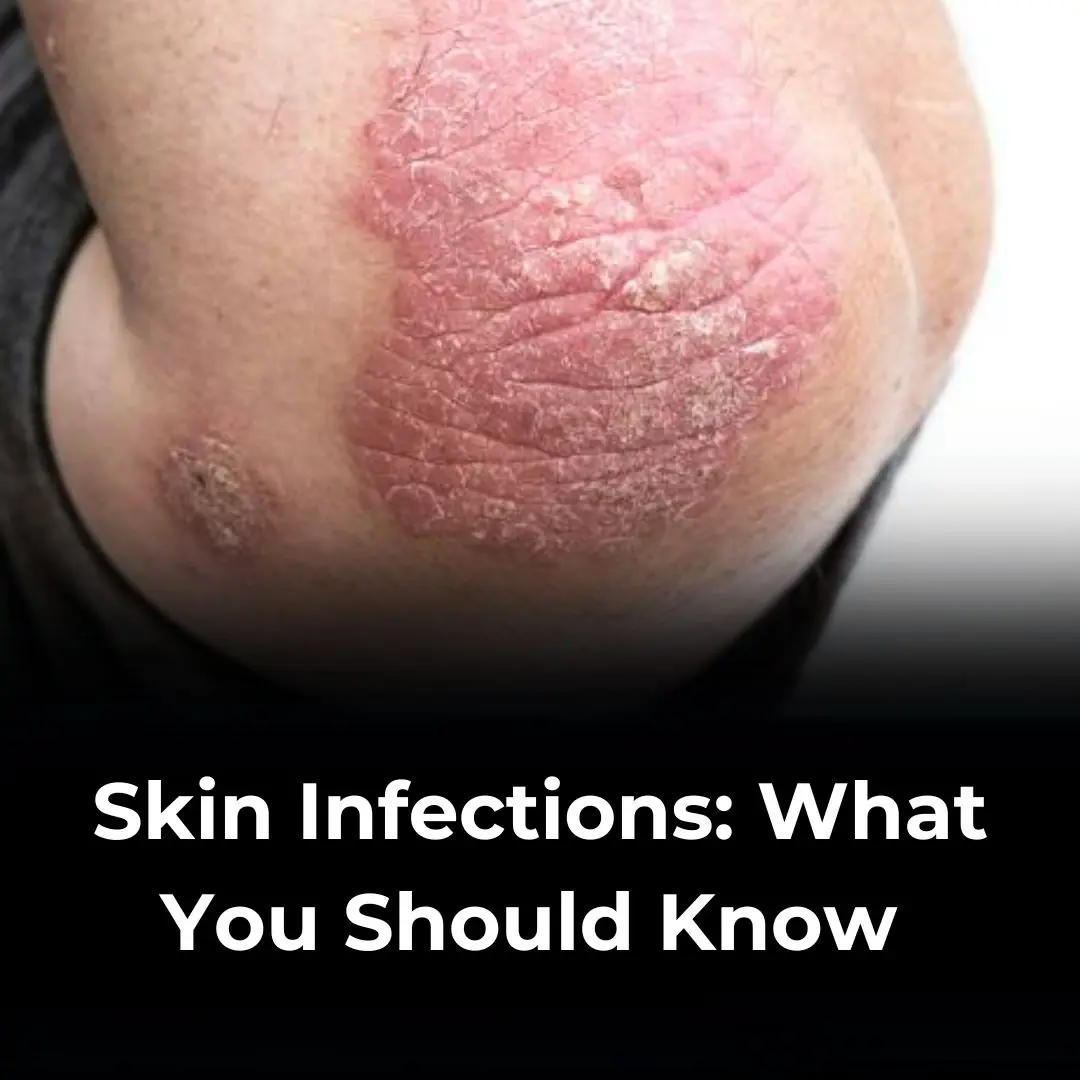
Skin Infections: What You Should Know

How Does Psoriatic Arthritis Affect Your Body?

Woman who ate local dish while traveling reveals it triggered painful disease that has no cure

Doctors Issue A Warning About Hot Showers That Might Change How You Bathe

My Mom's Simple Recipe That Banished Worms and Boosted Health – A Natural Remedy Worth Trying
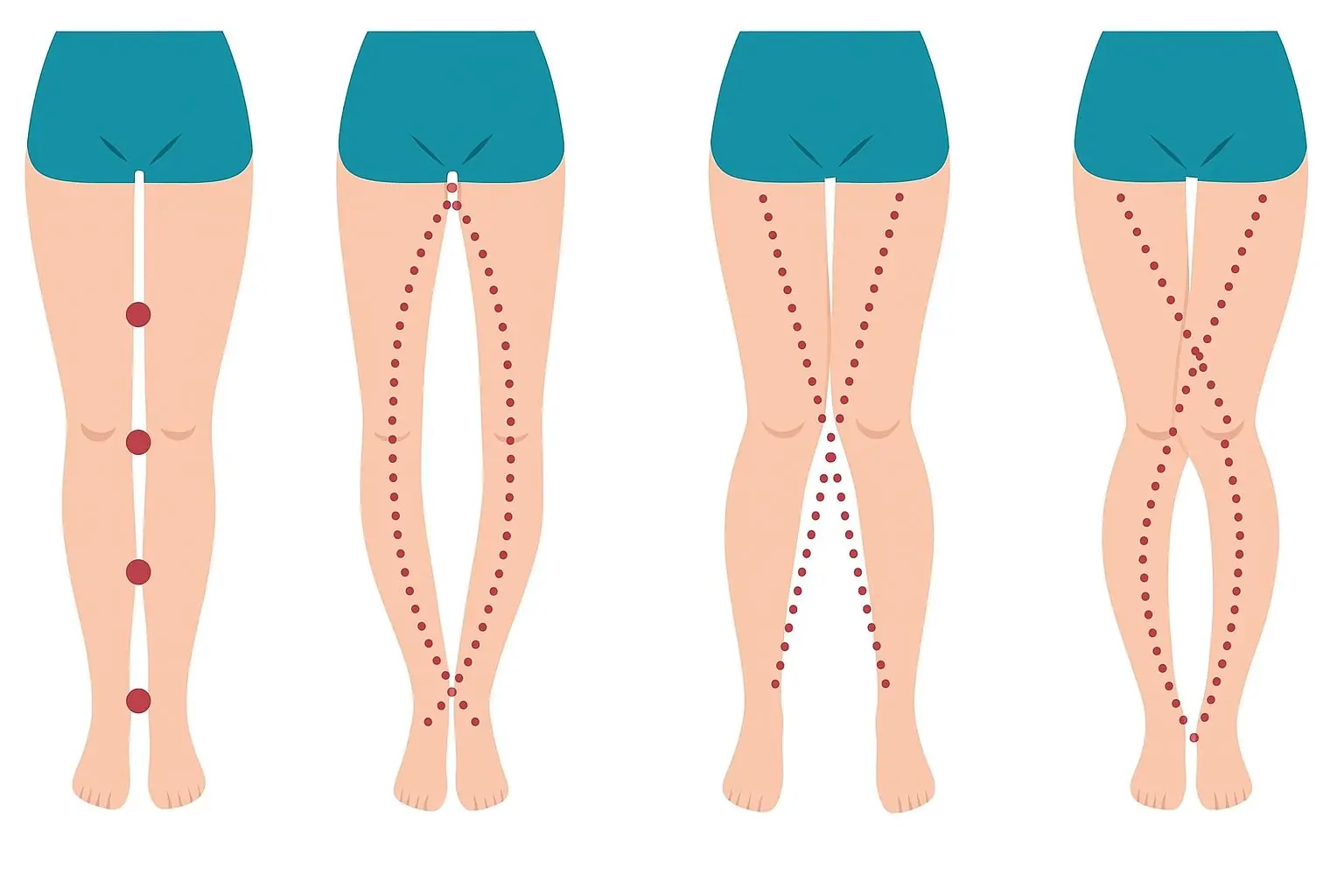
What Your Legs Can’t Say, Your Vagina Can — The Truth About the Female Body Most People Don’t Know

Painful Red Bumps on Skin? It Might Be Dyshidrotic Eczema

Shocking Simulation Reveals The Effects Of Plucking A Hair From Your Skin

Scientists Discover Body’s ‘Kill Switch’ Capable of Destroying Cancer Cells

A Legacy Of Health: Soong Mei-Ling’s Longevity And Struggle Against Cancer

Prostate Cancer – Warning Signs and Symptoms You Shouldn’t Ignore

The Best Home Remedies For Getting Rid of Ear Infection

Mite Bites: Warning Signs and Natural Treatments
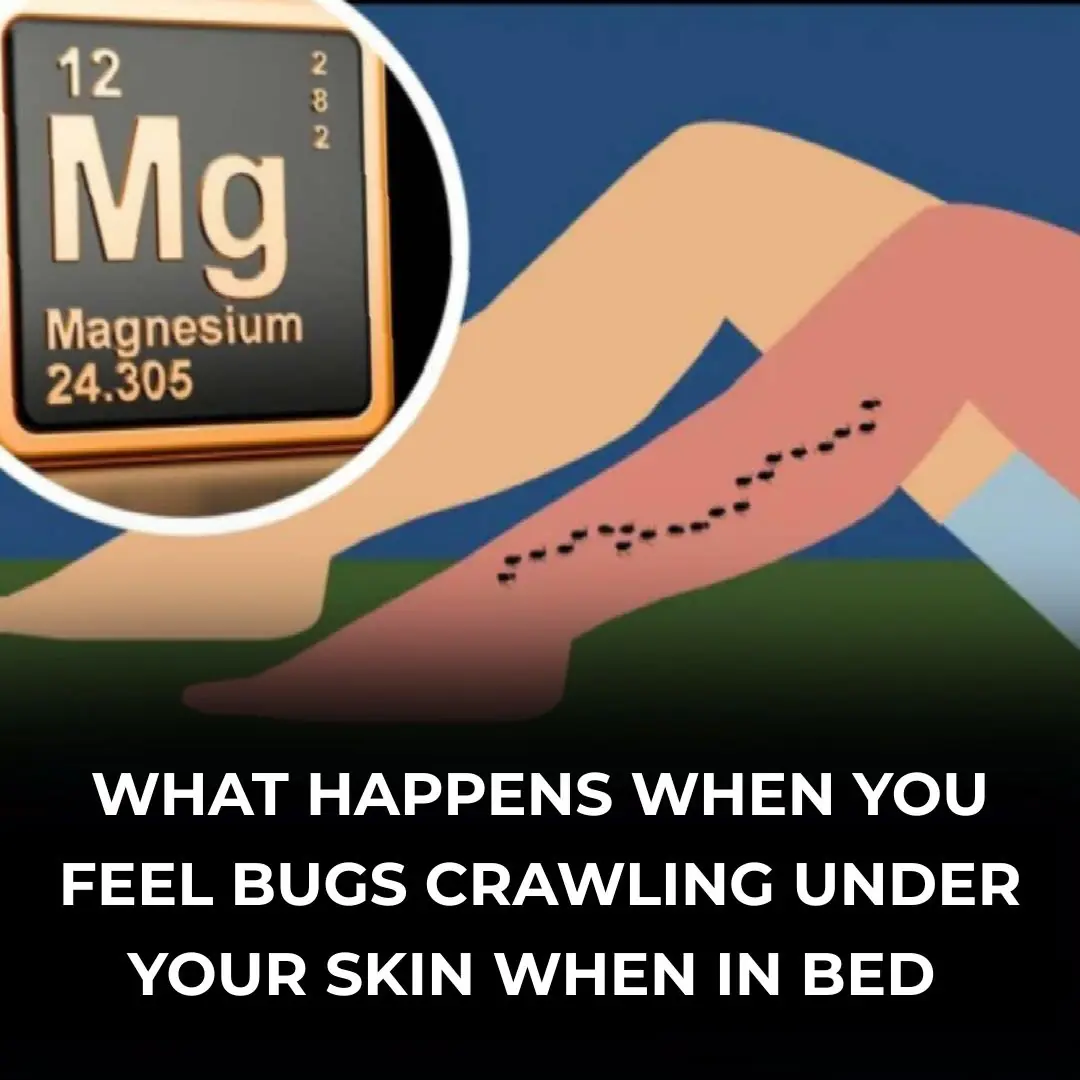
14 Warning Signs of Low Magnesium Levels and What to Do About It
News Post
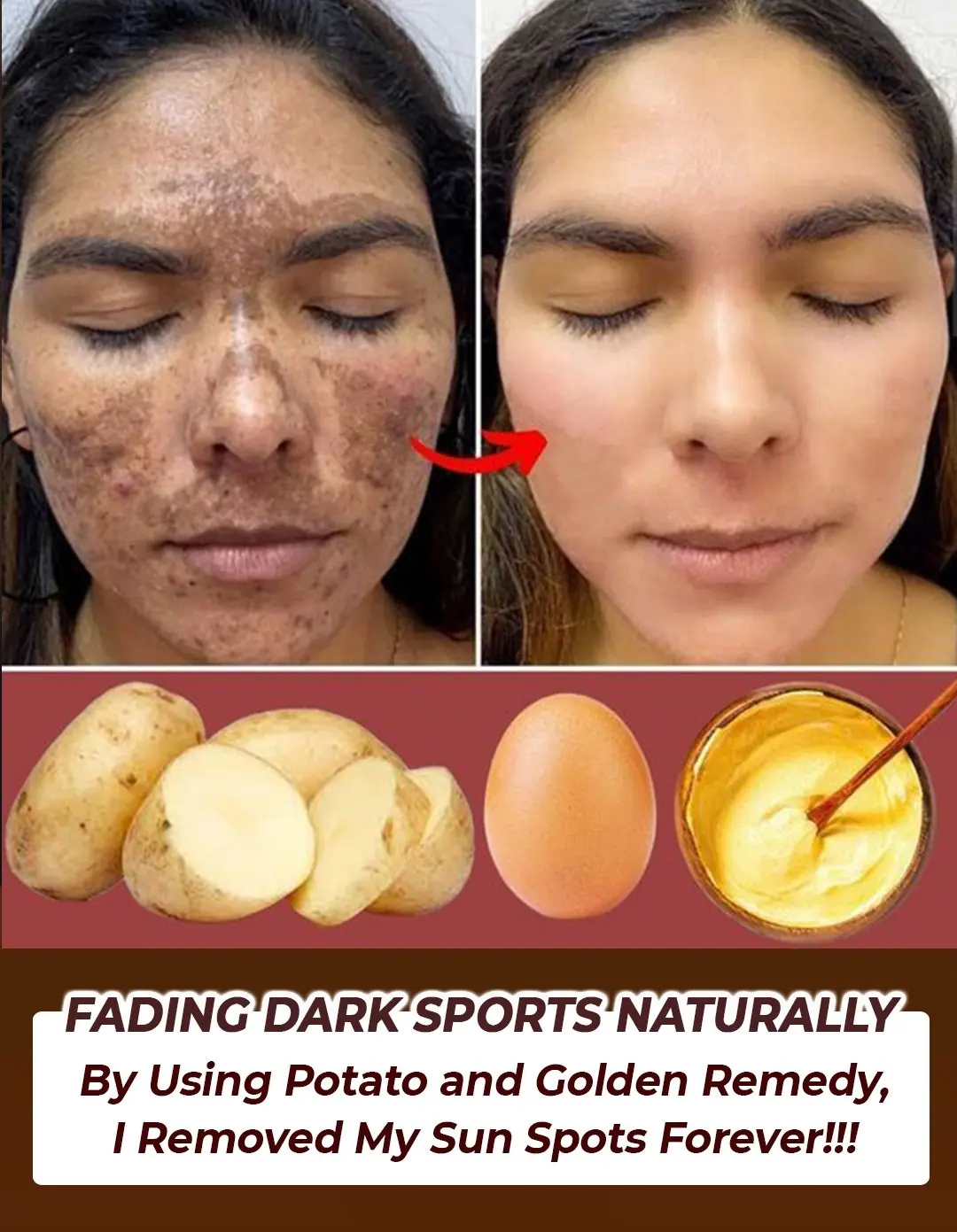
Brighten & Even Out Your Skin with These DIY Potato Skin-Whitening Remedies

Woman Demands Single Dad with Crying Baby Be Kicked Out of Café — One Year Later, Fate Reunites Them at a Job Interview.

If You Have Dark Eye Circles, Your Body May Be Trying to Warn You

No One Shows Up to Old Woman's Birthday Except a Courier with a Cake That Reads, 'We Know What You Did' – Story of the Day

Frozen in Time: The First Cryogenically Preserved Man Still Awaits Revival

Lady Gets Call from Hospital, Finds Out She Lost Her Loathed Sister and Got Two Newborn Nephews – Story of the Day
At a young age, Linda's older sister abandoned her in a group home. Years later, she is left to care for her young nephews, who face the same fate.

I Couldn't Understand Why My Mother-in-Law Hated Me until I Found Her Letters in My House's Attic – Story of the Day
During a visit to her mother-in-law, Macy endures relentless mocking of her cooking, appearance, and how she treats her husband. When she finally stands up for herself, she becomes the villain. However, an unexpected find in her father's house reveals rea

The Family Trip Was Going Well Until the Grandmother Said Her Step-Grandkids Weren't 'Real Family' — Story of the Day
Ellie had always known her mother was stubborn, but she never expected this. When Caroline called the stepkids “strangers” and refused to pay for their room on the family trip, Ellie realized this year would be different. Her mother had drawn a line

I Wanted to Introduce My Fiancée to My Family – But They All Backed Out After Seeing Her Photo
I was finally ready to introduce the woman I loved to my family, but their reaction left me stunned. One photo was all it took for everything to fall apart.

Am I Wrong for Banning My Wife's Parents from Watching Our Daughter Ever Again?
When Ethan returns from a weekend away, he learns his wife and in-laws have gone behind his back to secretly plan a ceremony for their daughter. What begins as a breach of trust spirals into a devastating reckoning about parenthood, partnership, and contr

My Boyfriend of 2 Years Didn't Want to Get Married Until He Learned I Was Inheriting a Three-Bedroom Apartment — So I Played Along
Patrick always told me we needed more time before moving in together. More time before getting engaged. More time before making any real commitment. But the second I inherited a fully paid-off apartment? He couldn't wait a second longer. And that's when I

I Grew Suspicious of My Husband After Giving Birth – Then I Accidentally Saw Why on the Baby Monitor
When Elodie's husband, Owen, starts acting distant after the birth of their son, she fears the worst. Sleepless nights and creeping doubts push her to uncover the truth, only to find something she never expected.

At Our Wedding Ceremony, My Fiancé Entered the Church with a Toddler Who Was His Spitting Image and Said, 'I Need to Tell You the Truth'
As I stood at the altar, the church doors swung open, and my fiancé walked in holding a little girl who looked exactly like him. With every guest watching, he met my eyes and said, "I need to tell you the truth," shattering everything I thought I knew ab

After Man’s Death, Widow and Daughter Learn They Aren’t Entitled to His Inheritance – Story of the Day
After her father’s death, Julia rummaged through his office and discovered his will, which gave their house to someone named John. She and her mother were shocked. They called their lawyer, who introduced them to John, and they all found out the outrage

Distracted? Your Phone Isn’t the Only Problem – Here’s Why

Foamy Urine: Here’s Why You Have Bubbles in Your Urine

When Knee Replacement Must Wait: Cartilage Restoration

Most Doctors Won’t Tell You, But This Can Cut Heart Attack & Stroke Risk By 80%

Skin Infections: What You Should Know
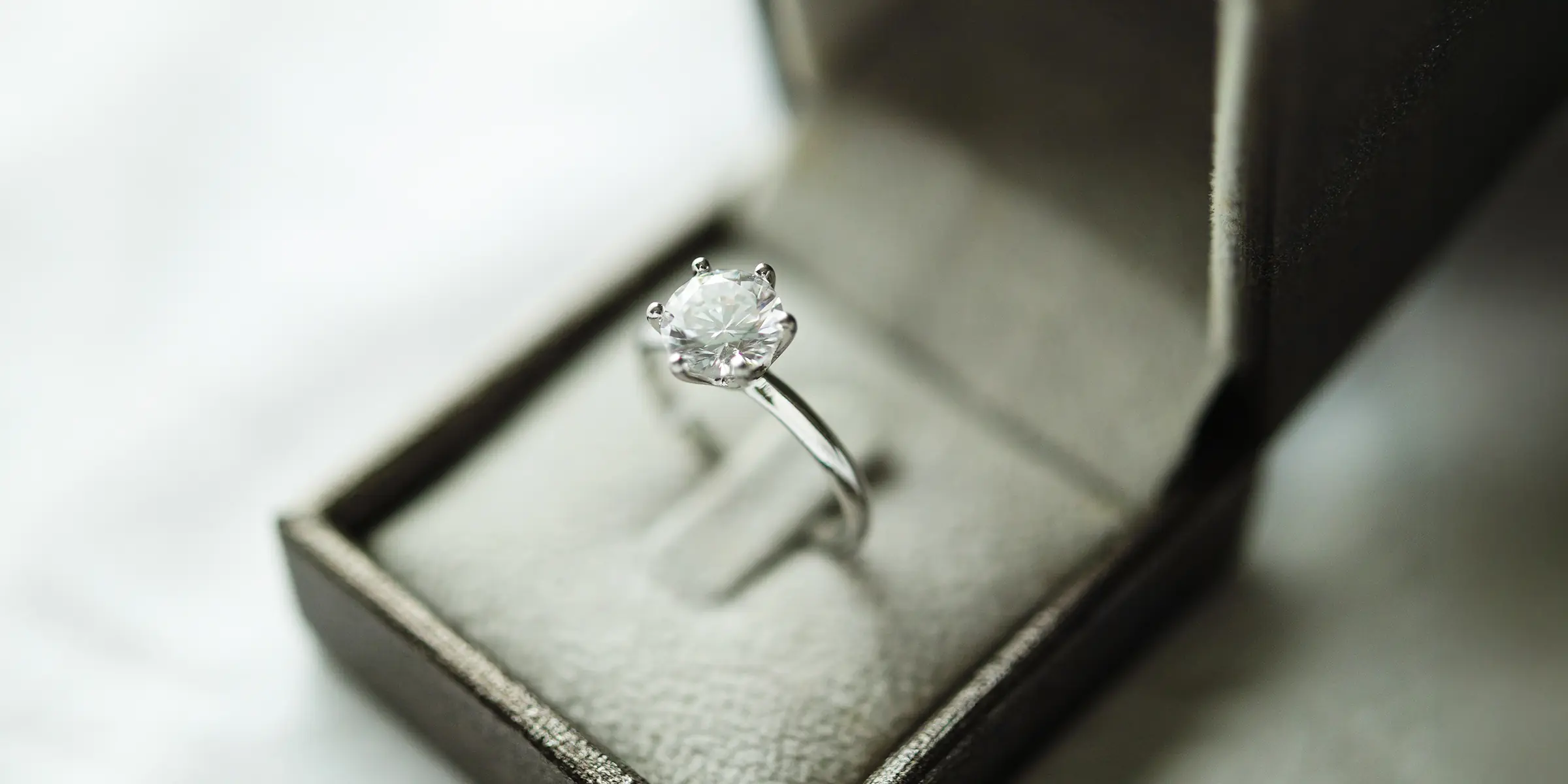
My MIL Demanded I Give Back My Engagement Ring Because It 'Belonged to Her Side of the Family'
When my husband proposed, he gave me a beautiful vintage ring that had been in his family for generations. But his mother decided it wasn't mine to keep. She demanded it back, and I handed it over, too stunned to argue. I thought that was the end of it...